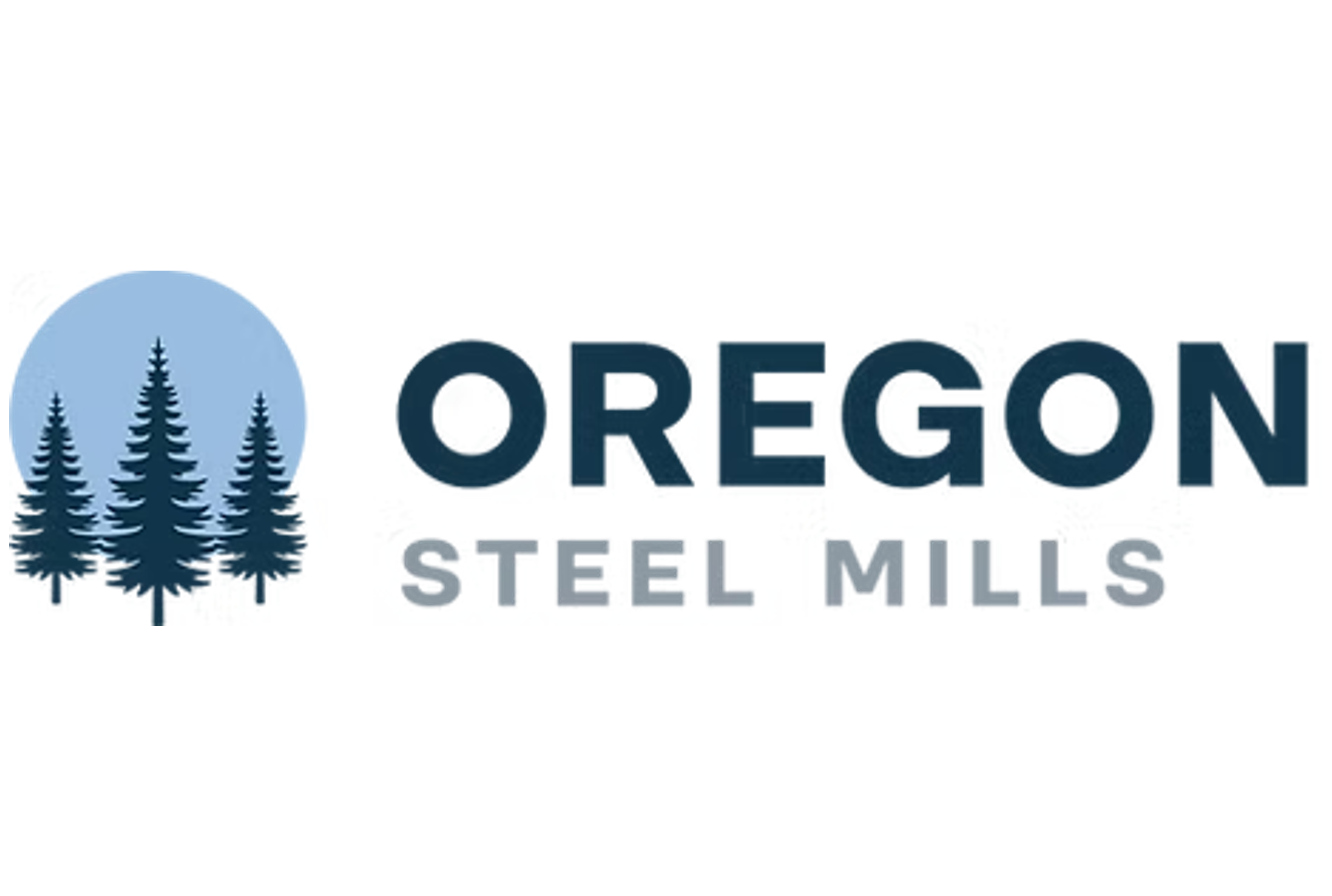Product
August 4, 2017
AGC: Construction Adds 6,000 Jobs in July
Written by Sandy Williams
Construction employment increased by 6,000 jobs in July to the highest level since October 2008, amid a tight labor market that may be keeping contractors from hiring as many workers as they need, according to an analysis of new government data by the Associated General Contractors of America. Association officials urged local, state and federal leaders to enact measures designed to expose more high school students to high-paying careers in construction to offset growing labor shortages.
“Construction firms added employees over the past year at a much higher rate than the public and private sectors as a whole, but the low unemployment rates in construction and the overall economy suggests contractors are having difficulty filling positions,” said Ken Simonson, the association’s chief economist. “Although construction spending has slowed, many contractors are still looking for qualified craft workers and project managers.”
Construction employment totaled 6,899,000 in July, a gain of 6,000 for the month and 191,000, or 2.8 percent, over 12 months. The economist pointed out that the year-over-year growth rate was nearly twice the 1.5 percent rise in total nonfarm payroll employment. The construction sector’s unemployment rate in July, 4.9 percent, was close to the 4.3 percent rate for all workers.
{loadposition reserved_message}
Average hourly earnings in the industry climbed to $28.90, an increase of 2.4 percent from a year earlier. The economist noted that construction pays nearly 10 percent more per hour than the average nonfarm private-sector job in the United States, which pays $26.36 on average per hour.
Residential construction—comprising residential building and specialty trade contractors—added 7,200 jobs in July and 118,300, or 4.6 percent, over the past 12 months. Nonresidential construction (building, specialty trades, and heavy and civil engineering construction) employment dipped by 1,700 jobs in July but increased by 72,300 positions, or 1.8 percent, over 12 months.
Construction officials said that decades of disinvestment in once robust vocational education systems means that many high school students are never exposed to construction as a possible career opportunity. As a result, relatively few students consider entering the construction field despite above-average pay and significant opportunities for advancement within the field. They urged local, state and federal officials to increase investments in what is now called career and technical education and to look for other opportunities to expose students to construction as a possible career path.
“It is time to stop signaling to students that their only path to success is paying for four years of college and hoping to land a rewarding office job,” said Stephen E. Sandherr, the association’s chief executive officer. “Our educational systems should be exposing more students to the fact our modern economy offers many different paths to successful and rewarding careers, including construction.”







